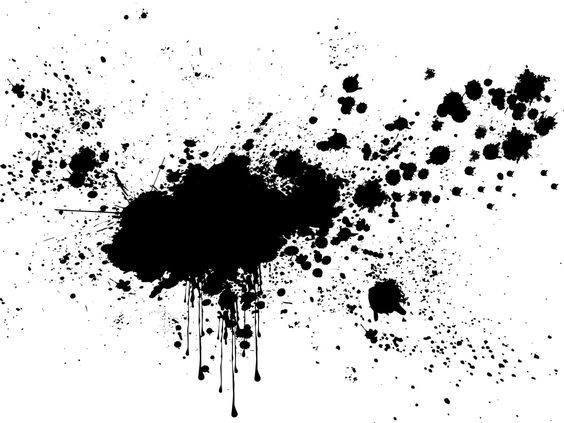Abstract:
Occult visionary author Joséphin Péladan (1858-1918) dedicated his life and prodigious literary output to his attempt to provoke a collective social awakening through the display of symbolist artwork and production of symbolist literature on a massive scale. He produced copious theoretical tomes explaining the esoteric theory that underpinned both his motivation and his guidance to members of his audience seeking a gnostic awakening. Although notorious for his eccentricity, his influence reached as far as South America and influenced literary and artistic circles in several European countries. Despite being forgotten for the best part of the 20th century, recent years have seen a revival of interest in Péladan and attempts have been made to provide a deeper understanding of the purpose of the Salons de Rose+Croix that were his brain-child.
After summarising both the context and the specifics of Péladan’s worldview, aims, and modus operandi, I will discuss the syncretic framework upon which his vision was built and explore the questions of how this was meant to work in practical terms. He combined Orphic Mysteries, Aeschylean tragedy, Scripture, and Enochian revelation, perceiving humanity as the epicentre and deciding force in the Platonic attempt to emerge from the cave of darkness. In a surprising twist on Platonic thought, he used the arts in their entirety to approach the world at large, convinced that in so doing, a deeper human impulse would discover its celestial heritage. Although the results of these attempts were undoubtedly mixed, on an artistic level in particular, Péladan influenced many artists to produce work inspired by these notions. The unwavering goal was to spark a form of revelation in his contemporaries. It is the shape, content, and mechanism of that revelation that this talk will explore.


